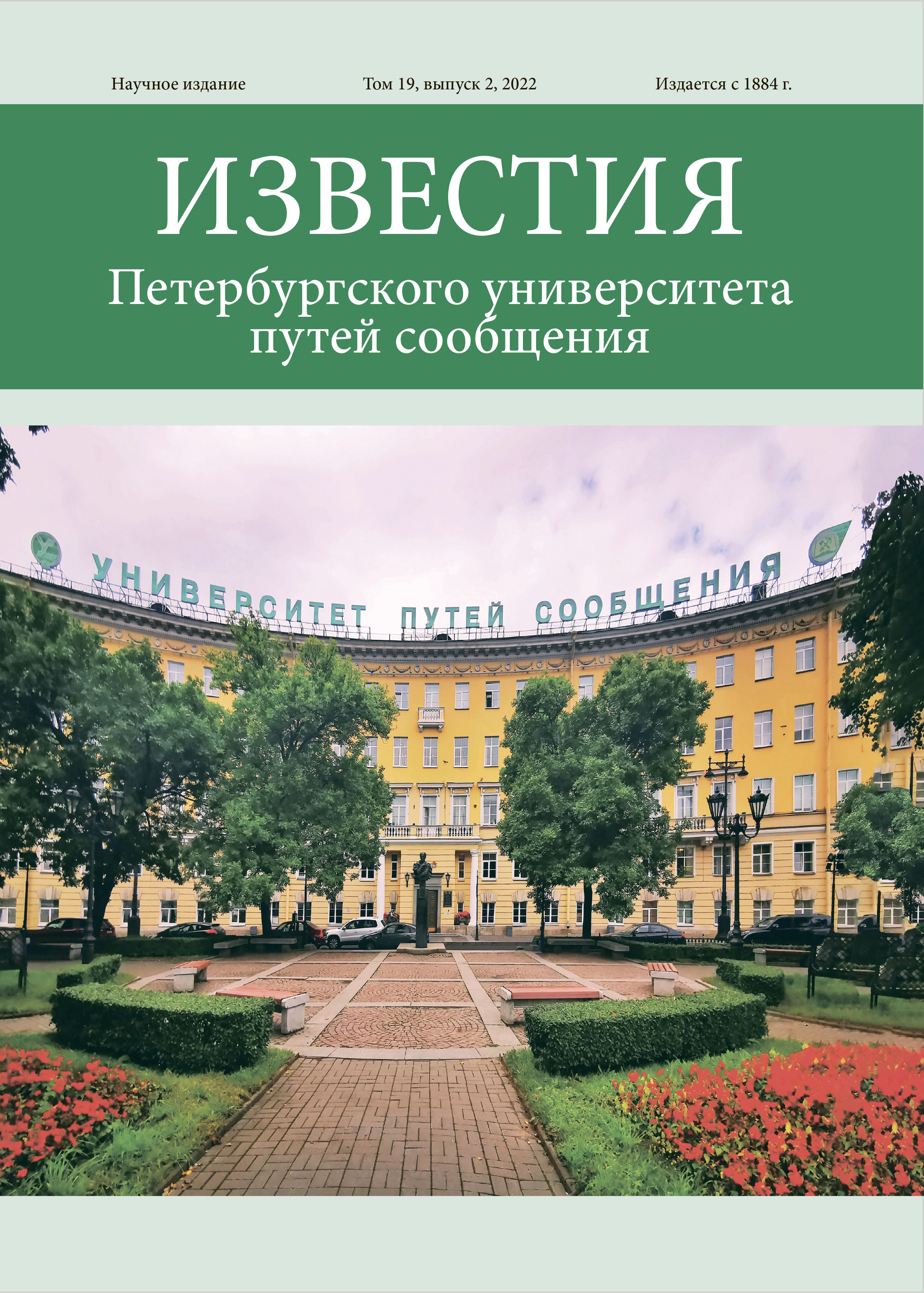Russian Federation
Purpose: To find main conceptions of the development of high-speed lines in the world, to outline leading countries in the sphere of high-speed railway network construction, to track high-speed railway network construction dynamics, to compare the shares of high-speed railways by individual continents and countries, to define Russia’s place in the sphere of high-speed transport, to outline individual country and continent perspectives for new high-speed line construction and new technology application during construction of the lines in the next decade. Methods: Comparison of construction scales for the outlined high-speed lines by individual countries, graphical analysis of high-speed network growth dynamics in five the most developed by this matter countries. Results: Leading countries in the sphere of high-speed transport network construction are distinguished, relevant values for volumes of existing high-speed network in the world different parts and some countries are presented, a classification of Russia passenger trains depending on the motion speed is given, specificities of organization of high-speed communication in our country are outlined, plans for new high-speed line construction in China, Russia and other countries are expounded, statistical data on high-speed railway spread in the world countries and by individual continents are presented, high-speed network construction dynamics in China, Japan and leading by this matter Europe countries is shown. Practical significance: The given article can serve as a basis for an acquaintance with a relevant status on the matter of existing high-speed railway transport networks, major countries are outlined herein which experience can be taken while creation of high-speed lines in Russia and being based on demonstrated graphical materials, it’s eventual to evaluate real perspectives by the volume of construction of high-speed network nowdays.
high-speed railways, high-speed transport perspectives, railway construction paces, high-speed railway spread, high-speed motion leaders
1. Kantor I.I. Vysokoskorostnye zheleznodorozhnye magistrali: trassa, podvizhnoy sostav, magnitnyy podves: Uchebnoe posobie dlya vuzov zh.-d. transp. - M.: Marshrut, 2004. - 51 s.
2. Andre Papazyan. Vse o vysokoskorostnyh poezdah TGV. - Moskva, UMC ZhDT, 2010.
3. Kiselev I.P. Vysokoskorostnoy zheleznodorozhnyy transport. Obschiy kurs. Tom 1-2. - FGBOU «Uchebno-metodicheskiy centr po obrazovaniyu na zheleznodorozhnom transporte». Moskva, 2014 - 371 s
4. Byulleten' MSZhD «High Speed Lines In The World». - UIC.org. - 2021g. - 14 s.
5. Pravila tehnicheskoy ekspluatacii zheleznyh dorog Rossiyskoy Federacii, 2022.
6. Abramov E.R. (red.) Elektropodvizhnoy sostav Otechestvennyh zheleznyh dorog, 2015. - 561 s.
7. Shiryaev A.V. Vysokoskorostnye poezda «Sapsan» V1 i V2: Uchebnoe posobie. - Moskva: OAO «Rossiyskie zheleznye dorogi», 2013. - 522 s.
8. Gapanovich V.A. Tehnicheskie osobennosti vysokoskorostnogo poezda Velaro RUS // Tehnika zhedeznyh dorog. - 2009. № 5. - S. 8-20.
9. Opyt stroitel'stva i ekspluatacii VSM v Kitae // Zheleznye dorogi mira. - 2020. № 8. - S. 36-46.
10. Antonov Yu.F., Zaycev A.A. Magnitolevitacionnaya transportnaya tehnologiya / Pod red. V.A. Gapanovicha. - M.: FIZMATLIT, 2014. - 476 s.
11. www.hsrail.ru, AO «Skorostnye magistrali»









